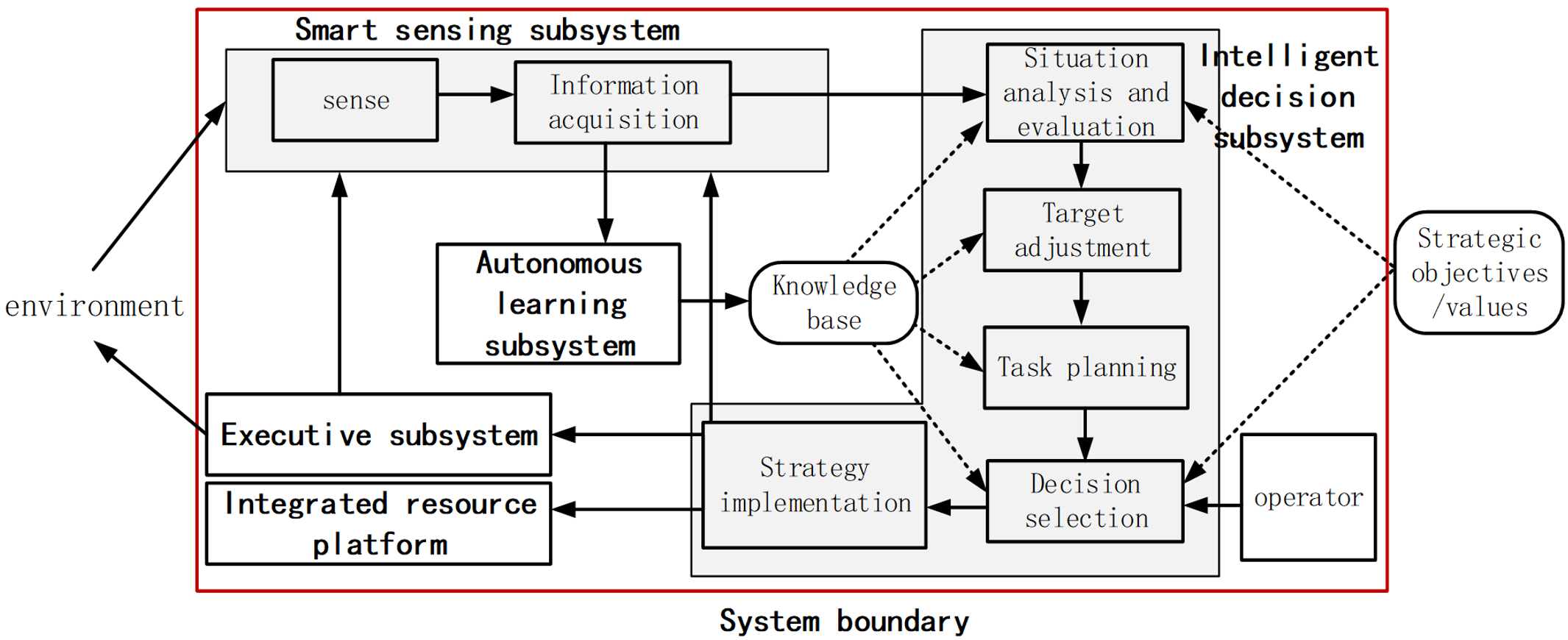Abstract
Intelligent system is a research field that attracts much attention at present. Most of the researches on intelligent system focus on intelligent technology and its application. However, an intelligent system is first of all a system, which means it should have the characteristics of a system. Design of conventional system is mainly function- or task-oriented, and adaptation to environment is passive, static and regular. However, intelligent system is faced with a complex, random and dynamic environment, and has dynamic interaction with the environment. Behind this interaction behavior is thinking and learning, and behind thinking learning is mission task and value. Therefore, intelligent system design needs to be oriented towards system behavior. This paper will examine intelligent system from the perspective of system behavior characteristics, and put forward a new definition of intelligent system. The core feature of intelligent system is intelligence. To construct an intelligent system, we have developed the concept of five core abilities of intelligence, which coincides with the traditional Chinese concept and way of understanding the world called "Unity of knowledge and action". Finally, we give a design case of an intelligent system (intelligent vehicle) to demonstrate the practical viability of the proposed architecture and concept.
Funding
This work was supported without any funding.
Cite This Article
APA Style
Chen, F., & Wang, Z. (2025). Intelligent System Architecture Based on System Theory. Chinese Journal of Information Fusion, 2(1), 1–13. https://doi.org/10.62762/CJIF.2024.872211
Publisher's Note
IECE stays neutral with regard to jurisdictional claims in published maps and institutional affiliations.
Rights and permissions
Institute of Emerging and Computer Engineers (IECE) or its licensor (e.g. a society or other partner) holds exclusive rights to this article under a publishing agreement with the author(s) or other rightsholder(s); author self-archiving of the accepted manuscript version of this article is solely governed by the terms of such publishing agreement and applicable law.


 Submit Manuscript
Edit a Special Issue
Submit Manuscript
Edit a Special Issue

